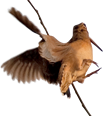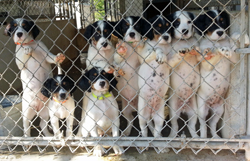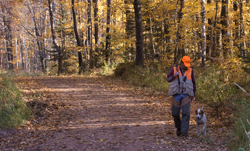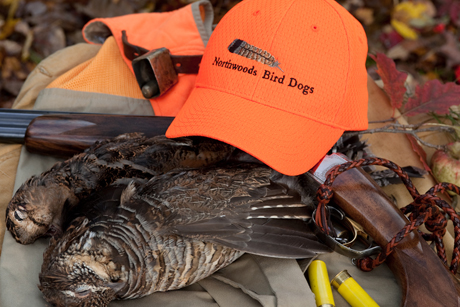A pointing dog’s first season
The process of developing a puppy into an experienced bird dog should be an enjoyable and rewarding experience. That process begins with the all-important first season. Not only is the young dog at an impressionable age, but the experience and knowledge gained from that time in the woods and fields will create a foundation the dog will depend on and use in future seasons.
The first year is primarily about exposure. The goal is to have the puppy hunt for and find wild birds. Owners shouldn’t worry if the dog doesn’t point the bird or hold point for long. Both will come with repeated exposure, maturity and training.
The key is wild birds
Most of what a dog needs to know about finding and pointing wild birds is learned from the birds themselves. The owner’s job is to put the young dog into birds—lots of birds.
The puppy will learn key details about birds.
• Where they’re most likely to be found.
• How to differentiate where the bird is as opposed to where it was, i.e., old scent vs. new scent.
• How close is too close before the bird flushes.
• It can’t catch the bird.
• How to follow running birds.
Handling in the woods and fields
Handling is often a big issue with owners. Jerry and I have a simple handling theory. As long as the young dog goes with us and looks to us for direction, we say the minimum necessary to control it. Over-handling, in terms of too much calling, whistling or constant encouragement, can distract and confuse the dog. We only use two commands: HERE and calling its name. HERE means come to us. When we want the dog to turn, we call its name. At a certain point we enforce the commands with an ecollar
Expecting your puppy to be always in sight or range at a certain distance is unrealistic and, in fact, can inhibit its bird finding. As long as it’s checking in and hunting in the direction we’re headed, we don’t say anything.
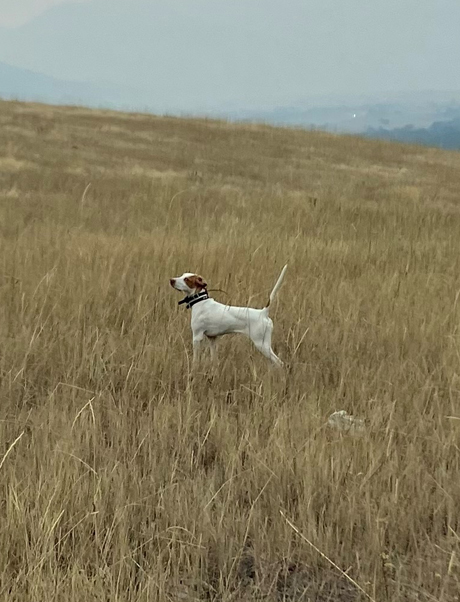
In this field, Sage (CH Miller’s Upgraded Version x Northwoods Comet, 2024) looks staunch on point. But was there a bird? If so, did she hold point until owner Joey Paxman of Montana could flush?
Puppy mistakes
Expect your puppy to make mistakes—flush birds, chase rabbits, not pay attention and, at times, just act like the immature dog it is. Be patient. Remember it is still just a young dog. Take a break. Call it in to you, talk calmly and stroke its back.
Be prepared
A few important points need to considered prior to the hunting season. The foremost is proper introduction to birds and gunfire. The young dog should be conditioned to an ecollar for the basic HERE command and for turning. A GPS collar is excellent for peace of mind.
Also, the young dog should be accustomed to wearing a bell or beeper and comfortable both with being in a crate and riding in a vehicle.
Proper physical condition is always crucial. The young dog should be at the proper weight. A couple extra pounds can make a big difference, especially on those hot, early season days.
Finally, remember!
Have fun with your young dog. And savor this first, special season.
Jerry and I wrote a piece for the September 15, 2013, issue of the Minnesota StarTribune. Some parts of that have been reprinted here.

